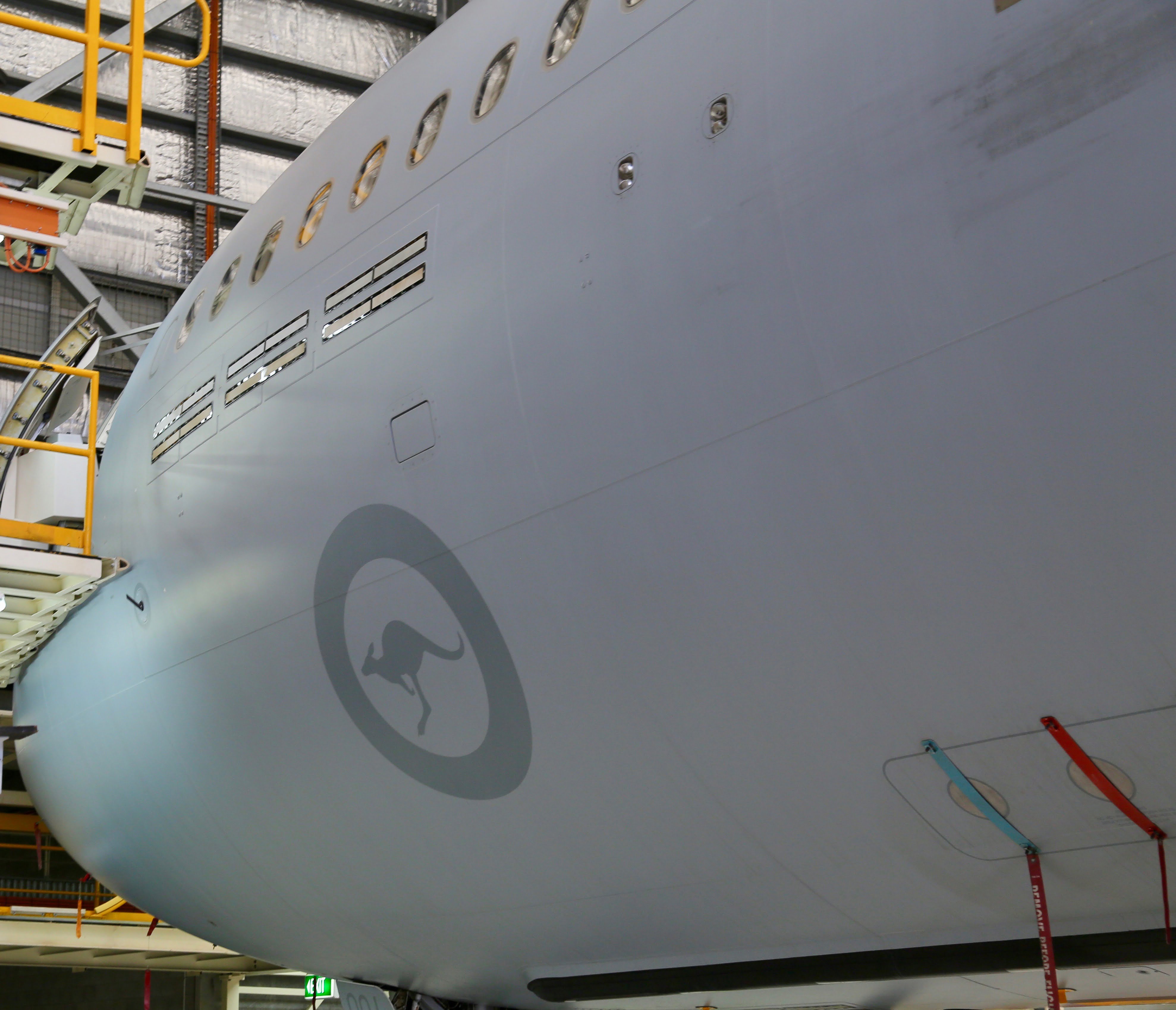During our latest visit to Australia, the Second Line of Defense team had a chance to talk with the commander of the Air Mobility Group, Air Commodore Bill “K9” Kourelakos, during our visit to Richmond Airbase and with Group Captain Steve Pesce, Office Commanding 86 Wing, at Amberley Airbase.
During that visit we had a chance to discuss a range of air mobility issues, and to revisit the KC-30A evolving air system as well.
The Aussies shaped a new force package during their most recent Middle East engagement with C-17s, F/A-18As and F/A-18Fs, operating with the E-7 Wedgetail Air Battle Management aircraft and the new A330MRTT.
In the photo below, two key elements of shaping the new RAAF air mobility foundation for Australian Defence Force operations are highlighted, namely the C-17 and the KC-30a.
 The Aussies have been the lead military force in introducing the KC-30A (e.g. their name for the A330MRTT), which is now operated by several allied Air Forces.
The Aussies have been the lead military force in introducing the KC-30A (e.g. their name for the A330MRTT), which is now operated by several allied Air Forces.
The RAAF as the lead customer for the KC-30A has been a key force in driving how the new tanker operates to support a task force with nearly ten years of experience under its wing (literally).
We discussed at length the coming of the robotic boom to the tanker and its impact.
That discussion will be highlighted in forthcoming published interviews with both the Air Mobility Group Commander as well as the 86th Wing Commander.
That key addition to the tanker along with the introduction of F-35 and Growler into the fleet as well as the evolution of capabilities onboard the Wedgetail forms a key material foundation for the next round of the evolution of the RAAF.
In an interview last year with Air Commodore Lennon, then the Air Mobility Commander, the coming of the new robotic boom was explained this way:
“The best way to think about the new boom capability is that it is an automatic boom similar to how autopilot works in the cockpit. The automatic pilot simplifies the pilot load, but the pilot is still there and can override the autopilot in case of need.
“There will always be an operator monitoring what’s going on with the boom, deciding what the boom should do, and when it should do it, but now he can let the boom do all the work of positioning and marrying up with the receiver.”
The KC-30A is a refuelable aircraft so with a fatigue reducing automatic boom, the crew can stay airborne for longer to generate additional operational impact and enhanced sortie generation effects.
“If it can anticipate and react to movements of the receiver aircraft faster than the boom operator can, then you end up with faster contacts.
You also potentially end up with more consistent contacts when the turbulence level increases, in cloud or when night falls.”
https://sldinfo.com/tanker-2-0-adding-the-robotic-boom/
Put in other words, the robotic boom is both an enhanced safety feature and an enabler of expanded sortie generation rates.
And when one adds enhanced communications capabilities to the fleet, notably with the coming of the F-35, the reworking of C2 within the fleet, a key objective of the RAAF as they work fifth generation warfighting, the robotic boom enabled tanker becomes a key stakeholder in the evolution of the RAAF and its approach to 21st century warfighting.
The photos in the slideshow above are credited to Second Line of Defense and were shot at Amberley Airbase on March 15, 2018.


